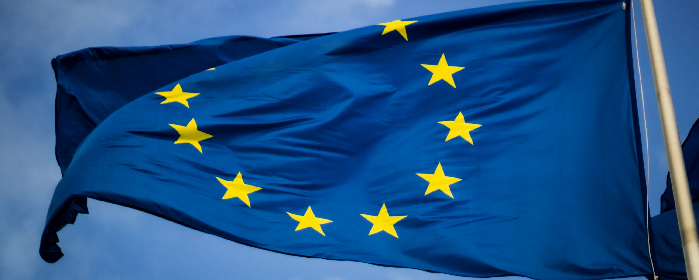The Finance Ministers of the European Union have agreed to set limits on individual holdings of the digital euro, giving the European Central Bank (ECB) the power to decide how much digital money each citizen can hold, and the Council of Finance Ministers the authority to approve it. This measure directly affects users, banks, and compliance officers, while also posing a risk to financial autonomy and privacy for Europeans.
Procedure and Governance
The digital euro is presented as a complement to cash, but in reality, it allows absolute control over digital payments, as national authorities can influence the issuance and the amounts citizens can hold. This introduces centralized control over people’s money, a clear threat to individual financial freedom.
The ECB proposes a holding threshold, with a suggested cap of approximately €3,000 per person, supposedly to protect banking stability, but in practice it limits citizens’ ability to freely store their money in digital form. The Council of Finance Ministers must approve this proposal, consolidating an unprecedented tool of economic control.
The timeline targets a legislative framework by December 2025, with a deployment period of 2.5–3 years, although some documents cite June 2026 as an alternative approval date. Each step strengthens governments’ ability to regulate and monitor citizens’ money.
Impacts and Risks
Setting holding limits is meant to prevent massive flows from banks to the digital euro, but this also means that users will not be able to manage their money freely. A too-low cap restricts the usefulness of the digital euro as a payment method, while a higher cap further centralizes power in the hands of banks and the ECB.
There are clear risks to privacy and autonomy, with tensions between surveillance and individual rights. Questions also arise about interoperability, cybersecurity, and technological control, as the ECB will test the digital euro’s functionality with private participants, introducing a new level of oversight over every transaction.
Key Points
-
Procedure: the ECB proposes the limit; the Council of Finance Ministers approves it.
-
Suggested cap: ~€3,000 per person, restricting financial freedom.
-
Timeline: legislative framework expected by December 2025; deployment over 2.5–3 years.
-
Risks: centralized control, mass surveillance, loss of privacy, and loss of financial autonomy.

The next milestone will be the ECB’s formal proposal on the holding limit, which the Council of Finance Ministers must approve. This decision will define citizens’ ability to decide over their own money, consolidating a model of centralized surveillance and monetary control that directly threatens individual freedom in Europe.

